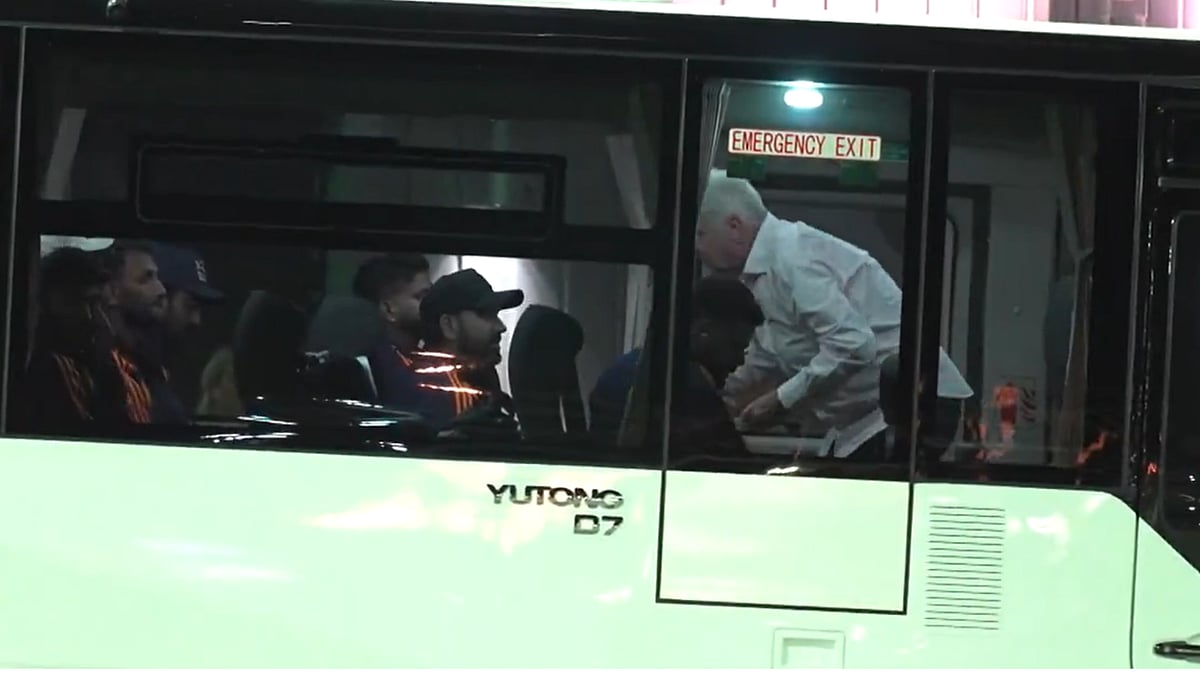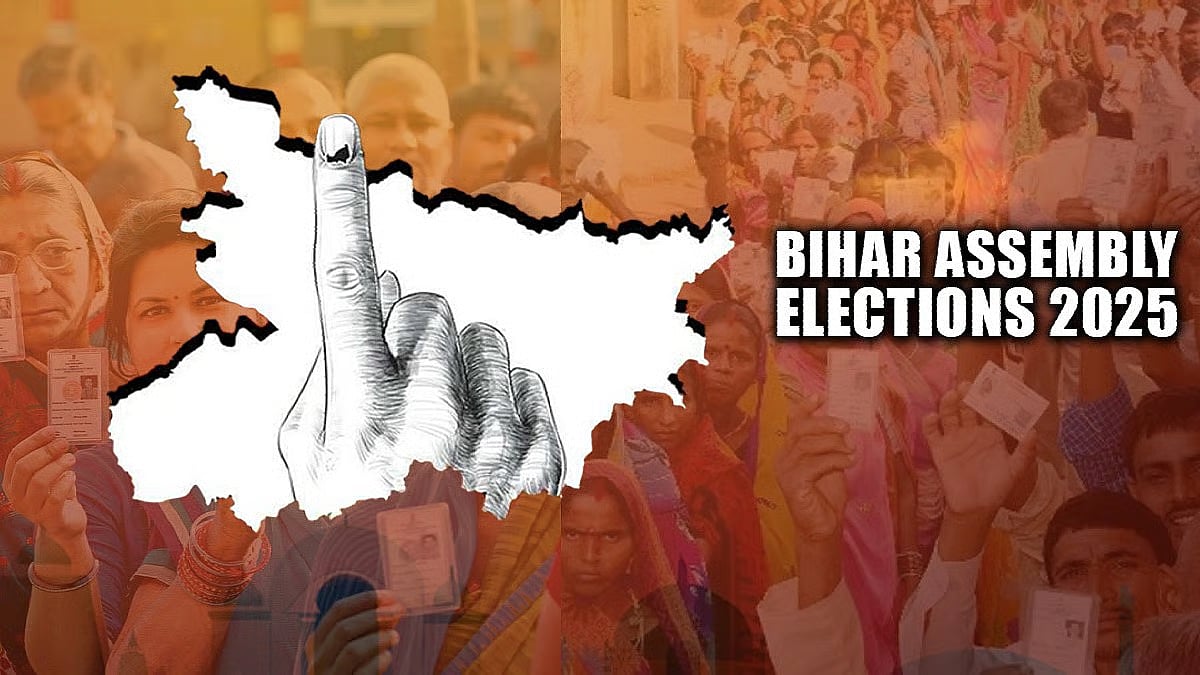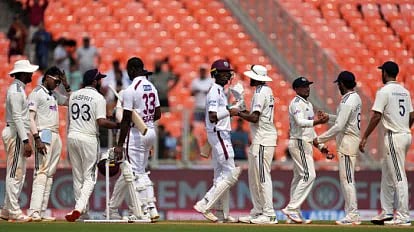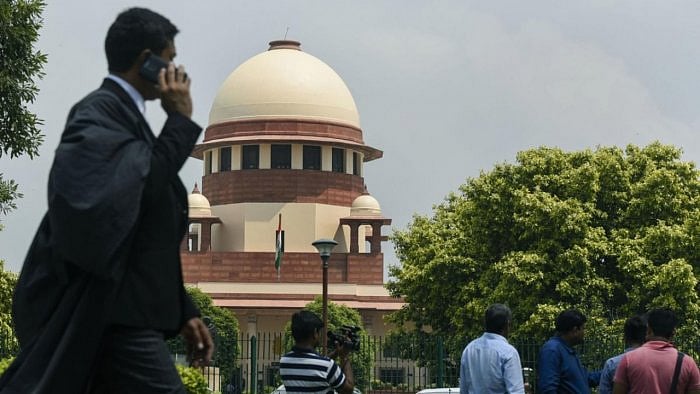The jurisprudence on controversial topics like the right to privacy and the right to euthanasia is curtailed because intellectual enrichment is not always restricted to judges’ families alone although they have a head start in life.
The judiciary is the only organ of the state which is selected in secrecy and not elected so that it stands alone in not being accountable to the Indian Republic for its judgments but only accountable to itself. This is why the controversy over the fact that one-third of 33 senior advocates recommended for judgeship in India’s largest high court — the Allahabad high court — are blood relatives of sitting or former Supreme Court judges or judges of the Allahabad high court.
Lawyers from the Allahabad and the Lucknow bar associations sent en masse protests to the Union law ministry against these recommendations which has resulted in the latter asking the Intelligence Bureau to do a thorough background check on these lawyers. In 2010, the then Chief Justice of India (CJI) T S Thakur had rejected 11 advocates so that only 19 judges were appointed.
The list of 33 names allegedly includes the brother-in-law of a sitting Supreme Court judge and the first cousin of another judge. Sons and nephews of former Supreme Court and Allahabad high court judges have been recommended for judgeship apart from a senior advocate, who is a law partner of the wife of a senior Delhi politician.
What does this augur for the judiciary? The jurisprudence on controversial topics like the right to privacy and the right to euthanasia is curtailed because intellectual enrichment is not always restricted to judges’ families alone although they have a head start in life. CJI Dipak Misra is himself the nephew of the 21st CJI Ranganath Mishra, who was also a Congress MP from 1998 to 2004 after demitting the CJI’s office, proving that politics and justice do mix although we are supposed to believe they do not.
Apart from 50-word sentences in his judgments replete with bombastic vocabulary, CJI Dipak Misra’s judgments on instant triple talaq leaves it to the legislature to decide. But, Supreme Court judges are supposed to fill in the gaps when there is no legislation on a subject so that justice is seen to be done in a secular democracy — forget about religious views which implies the CJI may not be widely-read on science.
Judicial activism needs creative judges who will innovate to ensure that Muslim women and the terminally ill are treated on par with the rich. When there is no legislation, judges can embark on social engineering to ensure that the social, economic and political justice mentioned in the preamble to the Constituton is not a mere chimera but becomes a reality for all.
Again on the issue of euthanasia, CJI Dipak Misra, who headed a five-judge Constitution bench to hear a reference made due to conflicting judgments on this issue, he has quoted from the Hindu scriptures such as Jal Samadhi of Lord Ram to justify his stand that suicide is not necessarily an offence. But in a secular, sovereign, socialist, democratic republic, which the preamble of the Constitution proclaims India to be, allusions to Jal Samadhi are unscientific and retrogressive.
A judge takes an oath to uphold the Constitution and not obsolete religious views to which he may subscribe. This is why the judiciary needs to ensure that those who are selected to its hallowed ranks have proven intellectual credentials because to agree with established norms proves intellectual bankruptcy whereas to dissent and lay down norms when there is no legislation on a subject, proves that a judge is an intellectual giant.
To revert to the euthanasia debate again, the Supreme Court has delivered just four judgments in the last 24 years which have been overturned to enrich the pockets of senior advocates in the apex court due to debate and discussion.
The first judgment known as the P Ratinam case was delivered in 1994 by a two-judge bench which held that the right to life included the right to die with dignity because every right has a positive and negative connotations just as the right to free speech includes the right to keep silent.
But the P Ratinam case was overruled in 1996 by a two-judge bench in Gian Kaur’s case which did not specifically deal with euthanasia, but recognised that the right to die with dignity was contained within Article 21.
Olav Albuquerque holds a PhD in Media Law. He is a journalist-cum-lawyer of the Bombay High Court.









